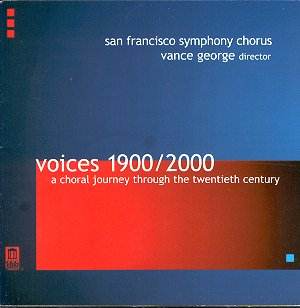 Composer: Johann Sebastian Bach
Composer: Johann Sebastian Bach
Works: Orchestral Suite No. 1; Concerto Grossi Op. 6 (Handel); Canzon a dieci (Gabrieli); Die teutsche gemeine Litaney SWV 428 (Schütz)
Performers: The Busch Chamber Players; Christine Johnson, soprano; Lukas Foss, continuo
Recording: Recorded in 1946; live concert at Town Hall, New York, March 1943
Label: DECCA
Johann Sebastian Bach’s oeuvre remains a cornerstone of Western classical music, revered for its intricate counterpoint and emotional depth. The Orchestral Suite No. 1, composed in the early 18th century, exemplifies Bach’s mastery in orchestral writing, showcasing a vibrant interplay between strings and woodwinds. It is in this context that the Busch Chamber Players present an intriguing interpretation of not only Bach’s work but also Handel’s Concerto Grossi Op. 6, alongside lesser-known pieces by Gabrieli and Schütz. This collection, although recorded in a different era, sheds light on the performance practices and interpretative choices of the mid-20th century.
The performance of the Orchestral Suite No. 1 is marked by a weightier, more deliberate approach compared to the celebrated 1936 set by the same ensemble. The clarity of articulation in the outer movements, particularly in the majestic “Overture,” showcases the strings’ crisp phrasing and focused tone. However, this interpretation leans towards a slower tempo, which, while providing a sense of grandeur, occasionally risks sacrificing the buoyancy inherent in the dance movements that follow. The “Gavotte I and II,” for instance, might benefit from a more spirited execution to enhance the lively character typical of Baroque dance forms. The restraint in portamenti adds a layer of sophistication, demonstrating an understanding of historical performance practices while maintaining an expressive quality.
Busch’s interpretation of Handel’s Concerto Grossi Op. 6 reveals a spectrum of expressive extremes, as noted in the review. The choices made by the ensemble, particularly in tempo fluctuations, create a tension that can be both exhilarating and, at times, cumbersome. The inclusion of Mieczysław Horszowski on harpsichord, while an esteemed addition, often remains inaudible amidst the orchestral textures. This contrasts sharply with Boyd Neel’s earlier recordings, where the harpsichord plays a more prominent and supportive role that enhances the overall texture. The dynamics of the ensemble are generally well-balanced, but there are moments where the tempo congeals, notably in slower passages that could benefit from a more fluid interpretation.
Sound quality and engineering merit particular attention in this recording. It is remarkable that the fidelity remains high given the age of the original recordings, particularly from the live concert setting. The acoustic environment of Town Hall contributes to a resonance that captures the ensemble’s sound, although it may not rival modern recording technology. The clarity of the strings juxtaposed with the warmth of the woodwinds creates a pleasing auditory experience, allowing listeners to appreciate the intricate counterpoint and thematic development within the works.
This release, with its blend of familiar and less frequently performed repertoire, offers a valuable glimpse into the historical context of the early 20th-century performance landscape. The inclusion of Gabrieli and Schütz not only enriches the program but also frames Bach and Handel within a broader canon of Baroque music, showcasing the lineage and dialogue between composers across generations.
The Busch Chamber Players’ performances, while occasionally uneven in tempo and balance, are underscored by a palpable artistic commitment and an understanding of the stylistic nuances of the Baroque repertoire. The recording serves as both a historical document and an engaging listening experience, inviting listeners to explore the interplay of tradition and interpretation in performances of this enduring music.



